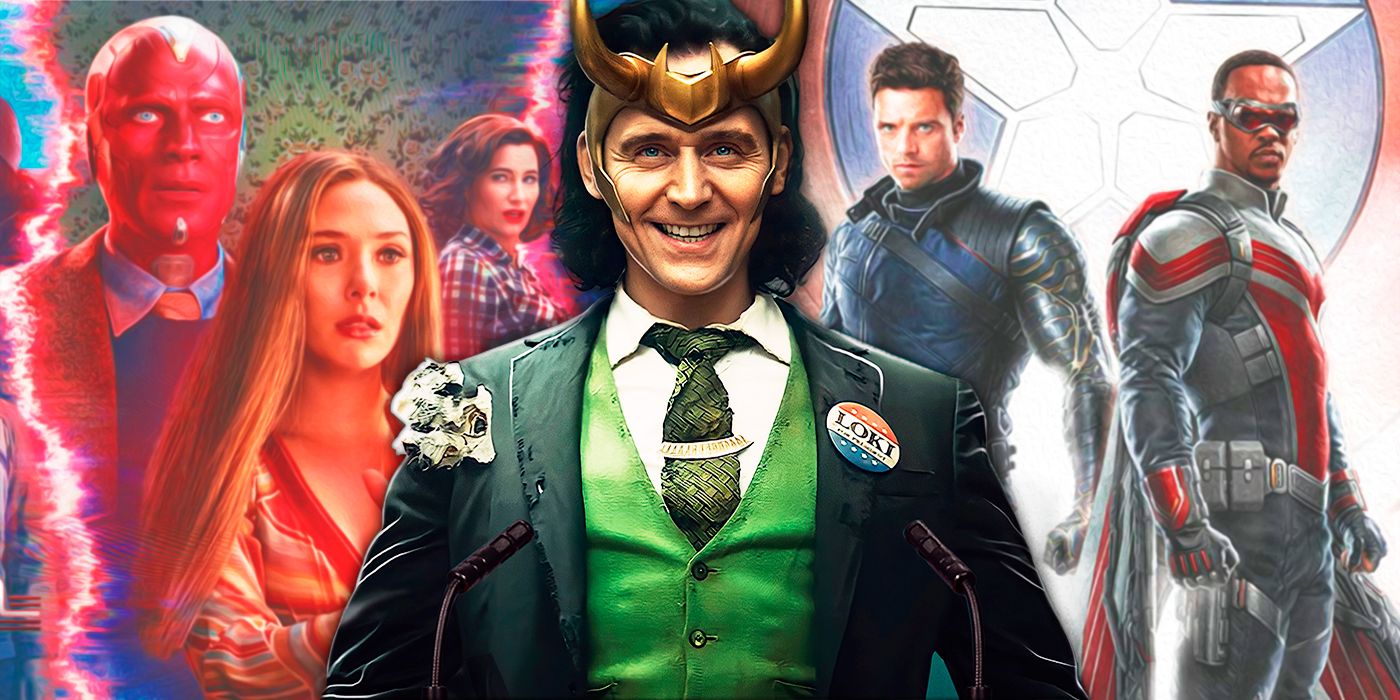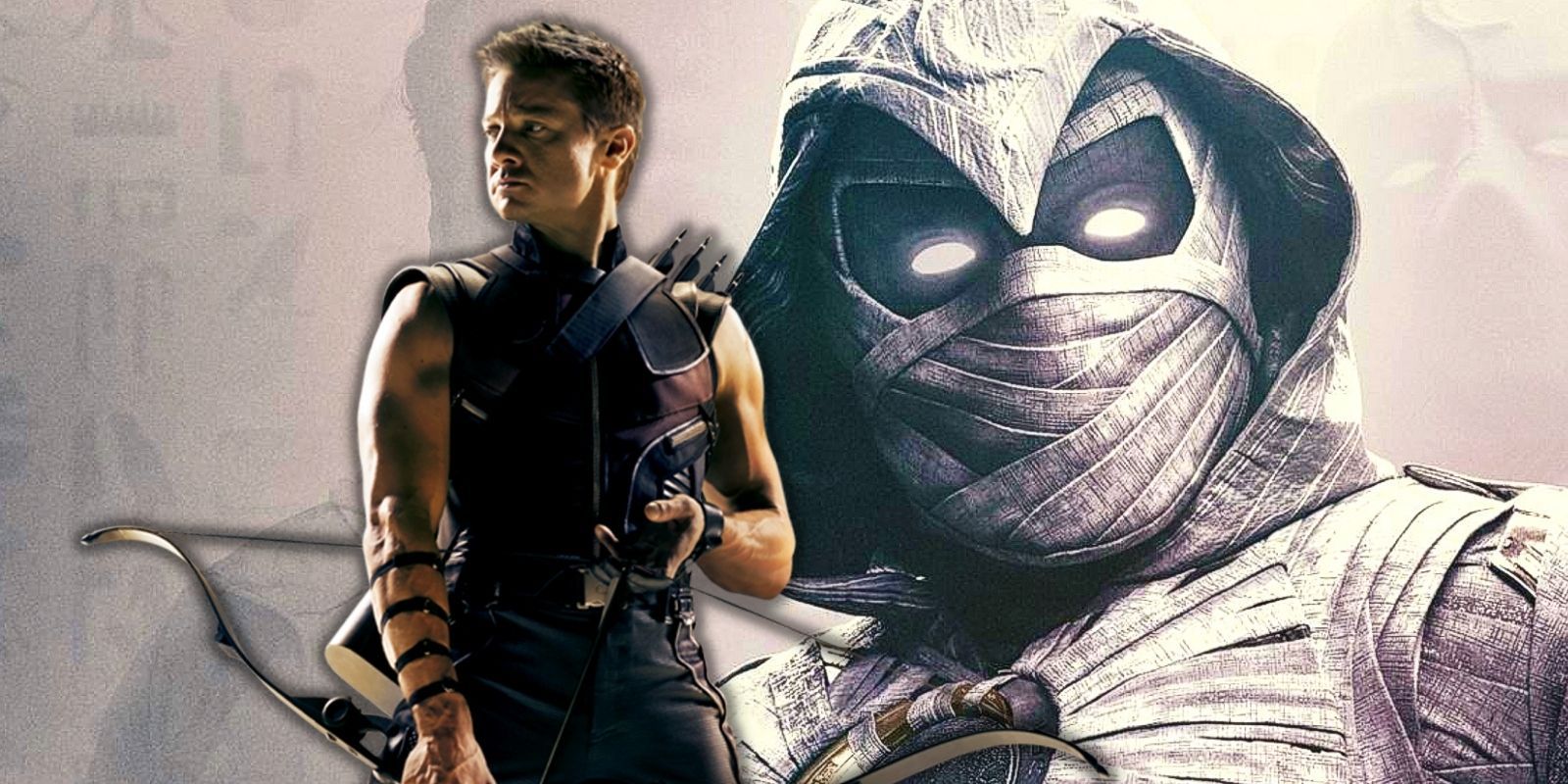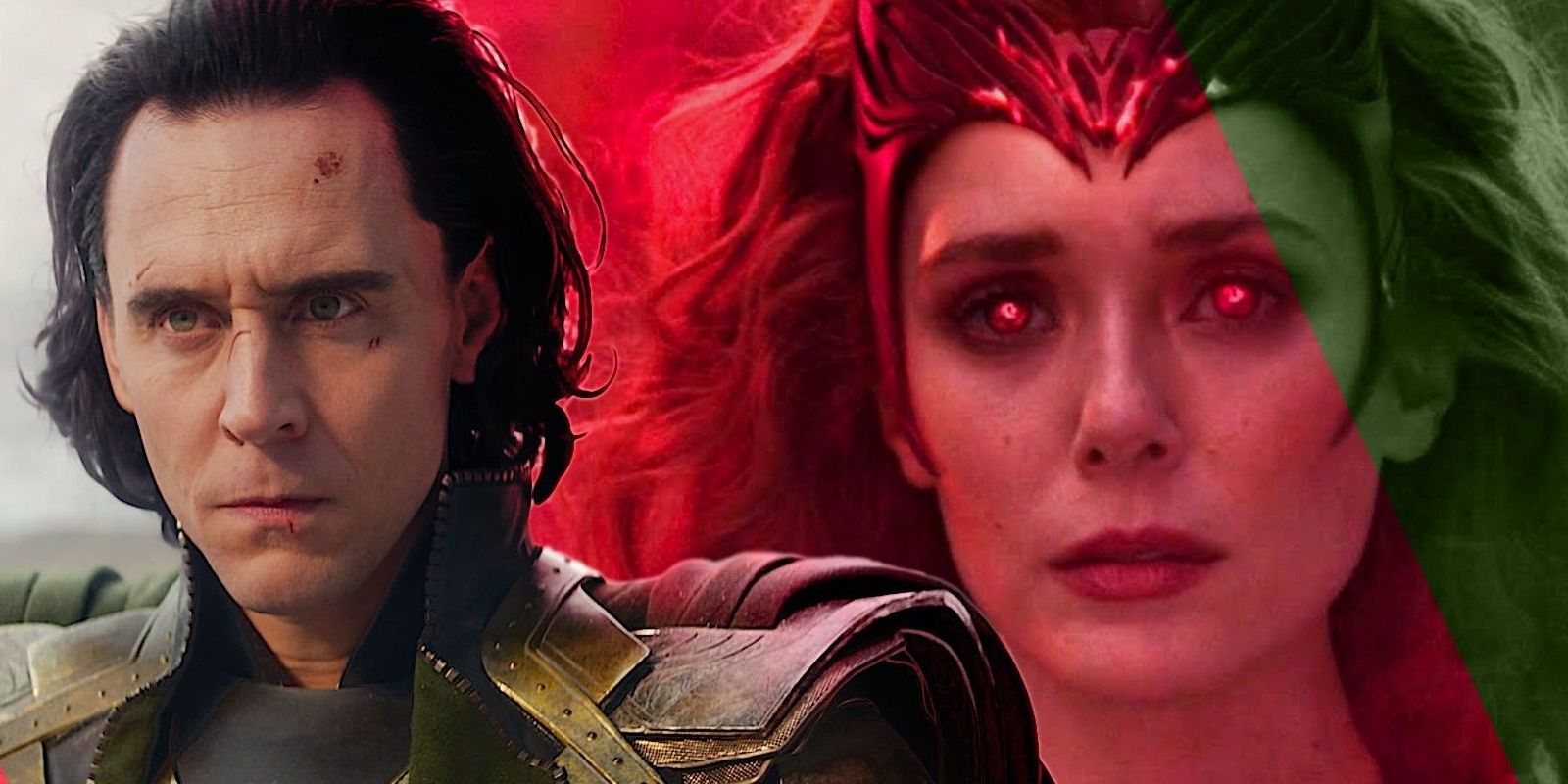In 2019, the Marvel Cinematic Universe had already been running strong for over a decade, delivering four-quadrant blockbuster entertainment that had become increasingly profitable. Thus, when Disney was taking into account which of its various franchises to bring to the then soon-to-be-launched Disney+ streaming service to recruit the most subscribers, Marvel Studios’ long-running serialized saga was an obvious candidate. In theory, seeing Marvel Studios take full control of its television presence by delivering high-budget series for the streamer sounded great. But in execution, the results have been much more mixed. With the continuous shortcomings of the Disney+ shows, Marvel has proven itself thus far either unwilling or unable to embrace television as a medium unto itself.
This is incredibly odd, given that the source material that the entirety of the MCU springs from is serialized, weekly, episodic comic books. Ideally, high-budget “prestige” television seems like the perfect medium for the MCU to really thrive in, giving these stories enough space to adapt the comics in an entirely different fashion. And yet, the Marvel shows released to Disney+ thus far have largely struggled to even feel like television at all.
MCU Movie Structure Does No Favors for the Television Series
Among WandaVision, The Falcon and the Winter Soldier, Loki, Hawkeye and Moon Knight, only two of these shows have even slightly embraced the challenges and opportunities inherent to weekly storytelling: WandaVision and Loki. WandaVision was actually a really promising first step for the shows, as it utilized its medium to tell a story that could not have been told any other way. There is no two-hour movie version of WandaVision, the episodic structure is built into and even commented upon by the show itself.
Compare this to the outliers, The Falcon and the Winter Soldier, Hawkeye and Moon Knight. Each of these shows is pretty blatantly structured as a traditional three-act MCU movie, just stretched out to six hours. The selling point to the length of a television series is that it gives creators more time to truly invest in the exploration of the characters themselves. Much of the time, these shows don’t seem to see their length as an opportunity but rather an obstacle to overcome. They don’t utilize their time to explore the characters; they simply pad out their runtime with extraneous unmotivated conflicts and narrative cul de sacs.
To this point, the fifth episode of Moon Knight was yet another instance of what has practically already become a Marvel Studios Disney+ series cliché: the second to the last episode of the show’s run having to cram in all the show’s character development. Because the rest of the show has seen the characters remain largely stagnant in the name of keeping things status quo enough for the story to last its full episode count, this episode inevitably speed-runs through any and all character development in the hopes that the finale’s effects-driven climax doesn’t feel devoid of emotion.
WandaVision and Loki Show a Promising Path Forward for Marvel TV
This is, once again, indicative of the fact that these series were three-act structured movie ideas first and that nothing beyond length seems to have changed in translation. These second-to-last episodes are the end of the story’s second act, the “low point” for the protagonist(s) just before the third act kicks into gear, which is prominently on display in pretty much every MCU movie. But, whereas the movies build to these low points with progressing character arcs across the story, the series keep finding themselves in need of further narrative obstacles to prevent any resolutions to the conflict from coming too soon, which gives them odd narrative pacing and unevenly staggered character arcs. For instance, it feels as though Marc and Steven were both entirely stagnant and inactive characters in Moon Knight‘s first four episodes, all in the name of preserving the mystery surrounding the characters’ internal conflict until Episode 5 was ready to resolve it.
Notably, Loki was a welcome deviation from all of this. Kate Herron’s series was built as an exploration of Loki as a character first and foremost — and it shows. Loki and his fellow characters grow and change over the course of the show, with the stakes often drastically altering from week to week as they learn new information, experience new emotions and their alliances shift. Loki ended with a conversation, and yet it felt more explosively emotional than any other Marvel finale because audiences had seen and felt the characters genuinely grow and change across multiple hours of episodic television.
If Marvel is going to deliver consistently incredible television, it has to get out of its own way. The traditional three-act structure of MCU movies has been good to them for nearly 15 years, but bloating it out to the six-hour runtime of a series highlights all of its pitfalls and worst tendencies. In order to truly succeed in making television work for them, Marvel must embrace the medium.
Read Next
About The Author


